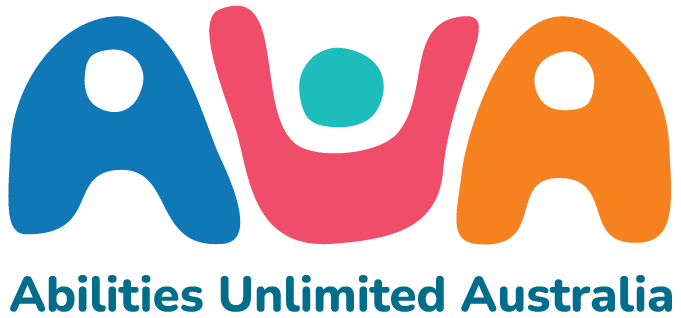Transitions Kimberly Ingram
Hi! I’m Kimberly Ingram, the very proud mum to a noodle loving, cycling and skateboarding enthusiast 12 yo with a fair bit of challenges. He was part of the Cycleabilities pilot program when it first started. I’ll be writing a monthly blog with the aim of it being ready by the first Sunday of the month.
A glimmer of recognition shone in a mum’s eye. “You get it.” she said, with a relieved sigh. It was as if a balloon blown up tight just lost a little air, deflated a bit. I had just asked the mother of a six year old with anxiety, “ How’s your son with transitions?” I can feel a number of you parents and carers reading this, agreeing in a communal nod. Ah, transitions. The point at which a perfectly lovely time is brought to a screaming halt by, well, screaming for one. My child had perfected a catfight screech at age 3 that to this day makes me shudder at the memory.
What is it about transitions that are hard for all children at some point? It is the change, the uncertainty. Lucy Jane Miller, Ph.D, OTR writes in her fantastic book, “SENSATIONAL KIDS Hope and Help for Children with Sensory Processing Disorder (SPD) that many children with SPD have troubles with transitions, and specifically that children with Sensory over-responsivity “create a comfort zone in an overstimulating world by avoiding change, which always holds the potential of leading to some new insult.” Or it could be that a new situation means potential new expectations and rules that are unknown. Or it could be the child’s feeling of safety is shaken. Or it could be the child doesn’t follow what is happening. There are a lot of “ors” because there are a lot of reasons. I remember as an early mum driving myself a bit bonkers trying to discern the reason to make socializing easier for my son. Once, while juggling drinks, popcorn and cake pops for 4 kids, cold fear resided in my heart. I was anxious, fearing the other kids’ response if they heard the catfight call.
The good news is the strategies to help with transitions are the same no matter the reason. At home, predictability can be created. Predictability brings about safety, the comfort of known expectations with consistency being the golden rule. Routines, visual schedules, a schedule written on a whiteboard, or giving cues for changes or transitions (Miller 2014) all work well. The key is to explain what is happening next in clear, structured language. Some examples of cues that were used often with sign language when my boy was young:
-TV off. Brush teeth.
-Teeth finished. Wash face.
-Face finished. Pj’s on.
Now, after MANY days of practice, practice and, that’s right, you guessed it, more practice, I just say “ time to get ready for bed.” Now we have a routine that is more independent. On good days, a parental check in to keep him on time, on difficult days, a hug, more check ins and encouragement is needed. On all days, the predictable expectation is that his self-care will be accomplished. And it is.
Another strategy we used when my young son’s world was filled with all unknowns is what is called a transitional object, a comfort object, or security blanket. It is an item used to provide psychological comfort, especially in unusual or unique situations (Wikipedia).
In our house, it was a tractor. Being in the car was a pretty scary time for him, much less the transition of traveling to a new place. I kept the tractor in a drawer near the front door. Whenever we went in the car, the last thing he would get before we walked out the door was the tractor and he would hold it while we were driving. The tractor stayed in the car while we were out living that toddler lifestyle (jelly cups-woot woot! ) His face would beam when he saw the tractor on his car seat, then back in the drawer it would go. The object has changed over the years, but the underlying principles were the same.
During holidays for us, routines can get a bit frantic. Then I realize I have forgotten to tell him that a friend is dropping by, or that dinner is a picnic in the park. Going back to the basics of explaining what is happening next in clear, structured language restores predictability and makes transitions much smoother.
By the way, my son did perform an outstanding catfight screech the day of the popcorn and cake pops. The other kids initially froze, then one asked, “ Why did he do that?” I replied, “He’s learning, and it’s a bit scary when things change. He needs more practice at it.” The kids got it, and chatted happily, little fists full of treats. My balloon that was blown too tightly also deflated a bit as I sighed in relief. Ah, transitions.
Kimberly Ingram is a former scientist who has worked in a variety of fields, from biochemical engineering to a summer internship in bacteriology. She has been disabled and severely neurologically compromised for 40+ years. Being skilled at turning complex theory into practical tools, her comprehension of how to overcome challenges is extensive.
